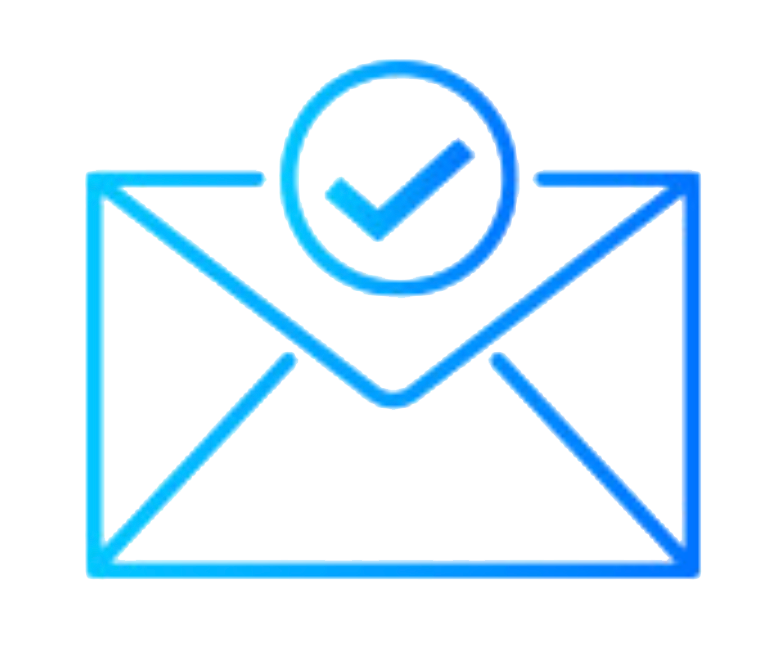From Tool to Thinking Partner: The Future of SaaS in an AI-First Economy
Why tomorrow’s SaaS winners will think, predict, and act—before the user even clicks.
Introduction: The AI Wake-Up Call for SaaS
For two decades, SaaS platforms have evolved from simple task enablers to complex productivity ecosystems. But 2025 marks a turning point: SaaS is no longer about just features—it’s about foresight.
In an AI-native world, customers are no longer satisfied with dashboards and data—they want direction. They want their software to tell them what’s happening, what it means, and what to do next.
Welcome to the age of the Thinking Partner SaaS.
What Is a “Thinking Partner” SaaS?
Unlike traditional SaaS tools that require users to configure, explore, and interpret, a Thinking Partner SaaS:
-
Analyzes real-time user behavior
-
Learns from historical context
-
Predicts what the user needs next
-
Proactively offers insights and actions—without being asked
This means no more setting filters, asking for reports, or waiting for insights. Your software becomes an intelligent teammate.
Why It Matters Now: The 2025 Tipping Point
In the last 18 months, we’ve seen:
-
OpenAI, Microsoft, and Google embed AI copilots across productivity tools
-
Generative AI startups disrupt niche verticals with deeply customized tools
-
SaaS leaders like Notion, Linear, and HubSpot redesign their products around AI assistants
Meanwhile, end-users now expect:
-
Less clicking, more answering
-
Less reporting, more predicting
-
Less searching, more suggesting
The result? SaaS that just sits there… gets left behind.
Key Capabilities of a Thinking Partner SaaS

Here’s what your SaaS must do to survive—and lead:
1. Real-Time Behavioral Intelligence
Your product should adapt based on how users are engaging in the moment. If a user’s workflow stalls, suggest next actions.
Example: A CRM that notices no follow-up on key leads and auto-suggests reminders or email templates.
2. Embedded AI Copilot
An in-app assistant that lets users ask questions, get insights, and perform actions—without leaving the UI.
Example: “What campaigns are performing worst this week?” → AI answers + suggests fixes.
3. Proactive Pattern Recognition
Custom-trained models that detect friction, churn signals, and trends unique to each customer or team.
Example: “Usage in Module B dropped by 32%. We predict disengagement. Here’s a campaign to re-engage.”
4. Actionable Data, Not Just Dashboards
Insights should come with next-step recommendations, not raw numbers.
Example: Instead of “conversion dropped,” offer “Try removing Step 2 to reduce drop-off by 16%.”
How to Evolve Your SaaS into a Thinking Partner
-
Integrate a behavioral data layer
– Start capturing usage patterns, user roles, and workflows. -
Add custom ML/AI pipelines
– Build models specific to your customer segments—not just plug-in OpenAI. -
Design insight-first UX
– Shift your interface to recommend, not just show. -
Embed copilots at key decision points
– Let users ask questions and trigger automations with plain language. -
Test, tune, and adapt per industry
– A healthcare SaaS will need different signals than a marketing one.
Case Study Highlights (2025 Trends)
-
HubSpot AI: Proactively recommends workflows, emails, and lead scoring rules
-
Notion AI: Suggests task automation, rewrites content, and summarizes action items
-
Jira AI Assist: Suggests ticket tags, sprints, and blockers
-
Linear Copilot: Automatically manages project priority and predicts delivery timelines
Closing Thoughts: SaaS Isn’t Just Software—It’s a Smart Ally
In 2025, building software that works is not enough. You must build software that thinks. The winners of this decade will be the platforms that:
-
Anticipate user needs
-
Learn with every click
-
Offer insight before being asked
If your SaaS doesn’t feel like a thinking partner, someone else’s will.
Want to future-proof your SaaS product?
We specialize in building custom, embedded AI models tuned to your industry and user base—ready to help you make your SaaS platform predictive, proactive, and profitable.
Lets get in touch
